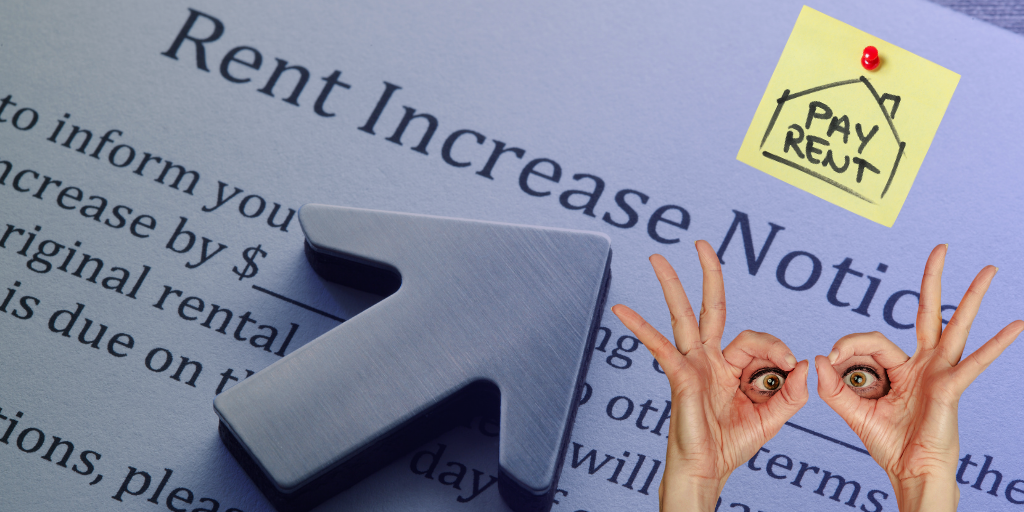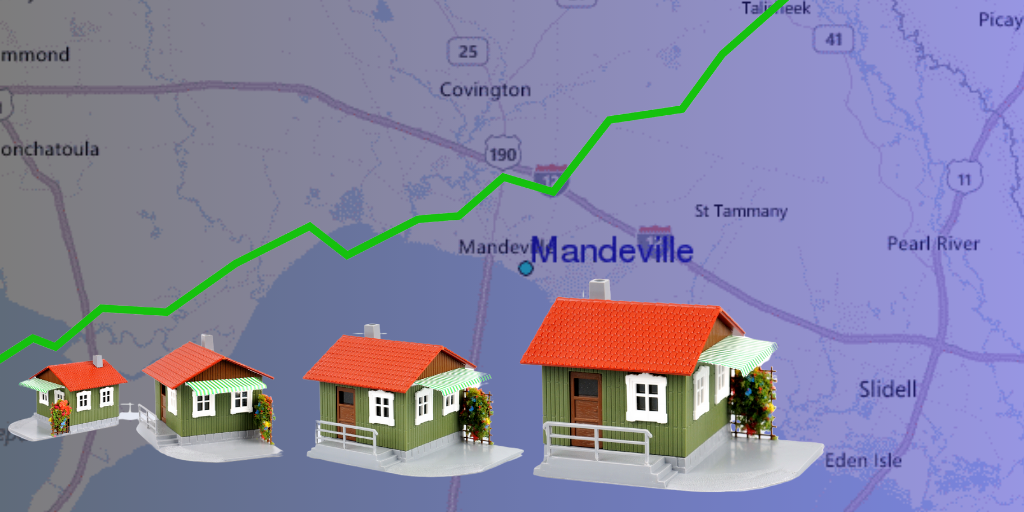Are you ready to navigate the evolving landscape of rent increases in 2024-2025? Managing rent adjustments is a critical part of property management, and with shifting market trends, economic factors, and regulatory changes, landlords must stay ahead of the curve. By understanding these shifts and adopting best practices, property owners can ensure profitability while fostering strong, long-term relationships with their tenants.
In this article, we’ll explore the latest rent increase trends and share actionable best practices for landlords to consider in the coming years.
1. Understanding Rent Increase Trends in 2024-2025

Over the past few years, rent increases have been influenced by various factors, such as inflation, supply and demand, and the post-pandemic housing market. In 2024 and beyond, here are some key trends that landlords need to keep in mind:
A. Increased Regulation on Rent Increases
Across the country, rent control policies are becoming more widespread. Several cities and states are introducing or expanding rent control laws to prevent tenants from facing sudden or excessive rent hikes. These laws often limit the percentage by which landlords can increase rent annually.
Example:
In New Orleans, a new ordinance restricts rent increases for long-term tenants to a maximum of 5% per year. Landlords must ensure they are compliant with such rules to avoid legal complications.
B. Market Demand and Housing Shortages
As housing supply continues to lag behind demand, especially in high-demand areas like Slidell, Mandeville, and Metairie, landlords may feel compelled to raise rents due to increased property values. However, market conditions vary from region to region, and landlords should conduct a thorough market analysis before deciding on rent increases.

Example:
In areas like Kenner and the Mississippi Gulf Coast, a rising demand for rental properties due to increased tourism and economic development can drive higher rent prices. Landlords in these regions must carefully evaluate the local rental market trends before adjusting rents to avoid turning away potential tenants.
C. Tenant Expectations for Rent Stability
After experiencing inflation and unpredictable rent increases in previous years, tenants in 2024-2025 are increasingly looking for rent stability. Tenants may be reluctant to sign leases if they fear dramatic rent hikes in the near future. As a result, landlords who offer predictable and moderate rent increases can improve tenant retention and satisfaction.
2. Best Practices for Implementing Rent Increases

With these trends in mind, here are some best practices for landlords to follow when raising rent in 2024-2025:
A. Know Your Local Rent Control Laws
Before considering a rent increase, landlords must familiarize themselves with local rent control and rent increase laws. Many states and cities, such as Abita Springs or West Bank, have specific restrictions on how much you can raise rent and how often you can do so. Understanding these laws ensures you stay compliant and avoid costly fines or legal challenges.
Tip:
Check with your local government or property management expert to understand the specifics of rent control in your area. This will help you stay informed about caps on rent increases and requirements for notifying tenants.
B. Provide Sufficient Notice
Most jurisdictions require landlords to provide written notice before increasing rent, with the notice period varying by state or city. Typically, landlords must give 30 to 60 days’ notice depending on local laws. Always follow these guidelines and be transparent with tenants about why the rent is increasing and when it will take effect.

Example:
In Metairie, landlords are required to give at least 60 days’ notice for rent increases, especially for tenants with leases longer than a year. Providing ample notice can help tenants plan their budgets and reduce the chance of disputes.
C. Align Rent Increases with Market Conditions
When raising rent, it's important to align your increases with the local market rate. Conduct a comparative market analysis (CMA) to determine what similar properties are renting for in your neighborhood. Avoid overpricing, as it may drive tenants to look for more affordable options.
Example:
In Covington and Hammond, a landlord should compare the rent of their property to similar homes or apartments in the area before implementing a price hike. An increase that is too high compared to local averages may result in higher vacancies.
D. Offer Value-Added Upgrades
Instead of just raising rent, consider offering value-added upgrades to justify the increase. This could include improvements such as new appliances, fresh paint, or enhanced security features. Offering tangible upgrades can help tenants feel that they are getting more value for their money.

Example:
In Madisonville, landlords can justify rent increases by upgrading older units with energy-efficient features like smart thermostats or new insulation, which can lower utility costs for tenants while increasing property value.
E. Maintain Transparent Communication
Effective communication is key when raising rent. Be upfront about the reasons for the increase, whether it’s due to rising property taxes, inflation, or market demand. Clear, honest communication fosters trust and can help tenants understand the necessity of the adjustment.
Tip:
Consider offering tenants the option to negotiate if they have concerns about the rent increase. This can help maintain a positive landlord-tenant relationship and reduce turnover rates.
Conclusion: Navigating Rent Increases in 2024-2025
As the rental market continues to evolve in 2024-2025, landlords must remain proactive in managing rent increases. Understanding market trends, local regulations, and tenant expectations is key to making informed decisions that balance profitability with tenant retention. By following best practices—such as complying with local rent control laws, providing adequate notice, aligning rent hikes with market conditions, and offering value-added upgrades—landlords can implement rent increases that not only benefit their bottom line but also strengthen relationships with their tenants.

With these strategies in mind, landlords can successfully navigate the complexities of rent increases while ensuring their properties remain competitive and appealing to tenants. Always remember, clear communication and a fair approach can go a long way in maintaining long-term, positive landlord-tenant relationships.
For further guidance on managing rent increases and other property management matters, reach out to Rent Easy Nola. Our experienced team is here to help you make the best decisions for your rental properties.
- Phone: +1 985-710-3356
- Email: info@renteasynola.com


